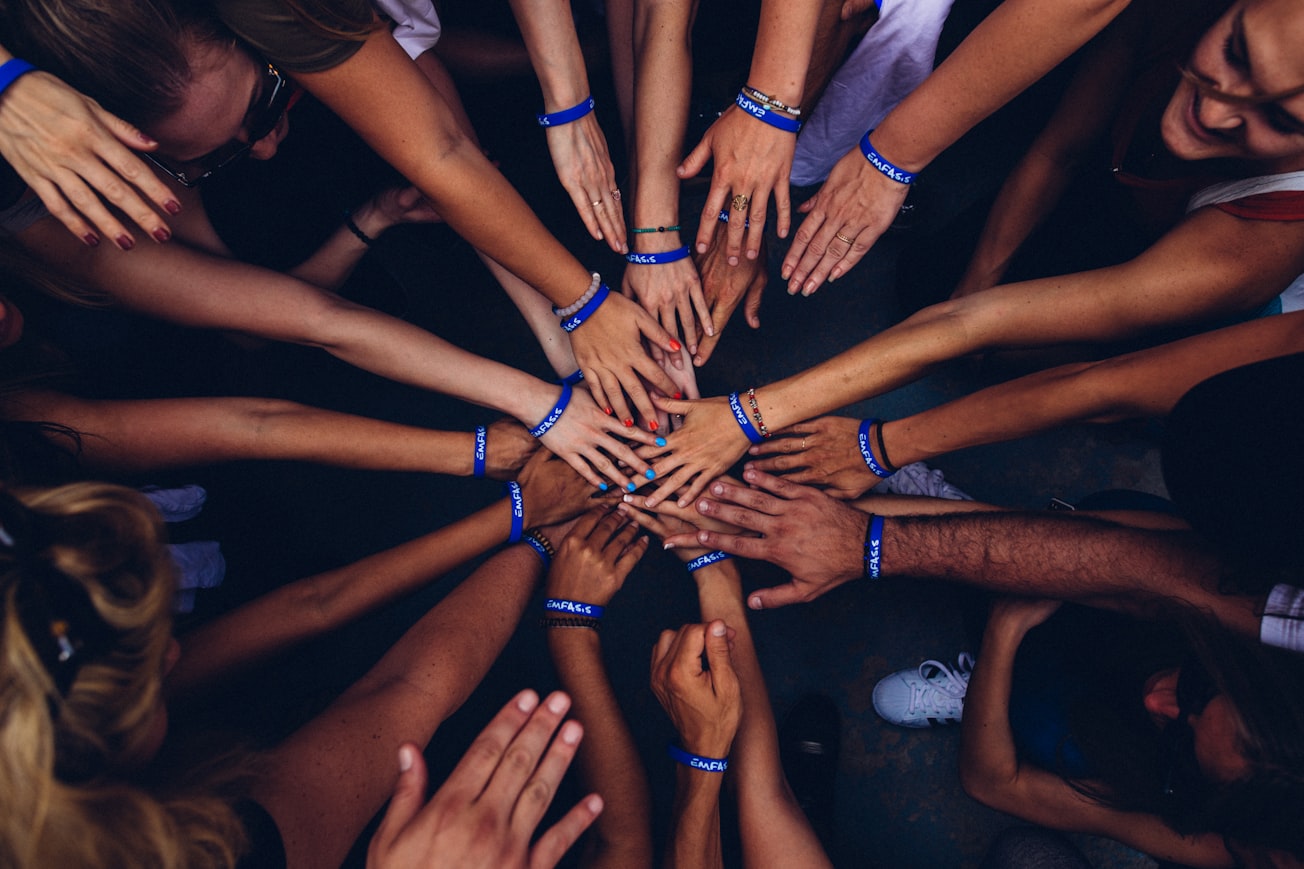What is it about?
In considering that social norms represent the operative constraint of individual behaviour, as well as the main obstacle in the process of fulfilling the expectations of a social group, the main question indeed debated since Locke revolves around the drive that society needs to set out in order to force any individual to abandon his particular norms (or habits) in favour of a general, sometimes more abstract social norm. Following this line, we attempt to investigate the biological bases of such a construct represented by individual habits in the attempt to better understand whether such a corporeal, individualistic representation expressed by habits can establish his/her personal trade-off with the collective counterpart represented by social collective accepted norms.
Featured Image

Photo by Perry Grone on Unsplash
Why is it important?
The purpose of this study is to provide an outline of the role that neurosciences play in understanding the genesis of habits and the feedback which results from the interplay between social norms and habits. In this far from exhaustive essay, we show that several brain areas come into common play to define both habits and behaviours aimed at social and legal norms. A crucial part of this study are the new considerations spurred by the notion that an evaluation system operates inside the practice of a habit and, at least in physiological conditions, that this system operates a continuous trade-off with norms. Indeed, though this part seems the least well-grasped by neuroscientists, nonetheless our current knowledge represents a promising field of investigation for the future. Following this line of research, another relevant issue related to neurophysiological investigation is whether the incorporation of negative and positive components of a particular habit is correlated with the areas involved in processing uncertain outcomes. The next years will play an important role in understanding several open questions. Among them the following three seem to be more urgent: i) considering the economic aspect of making decisions (either according to short or/and long temporal intervals), how can the habit be modulated by norms and/or with what type of gradation can a norm act to modulate habits? ii) are norm-oriented habits represented as a kind of brain “default-mode” (a genetic blueprint in neural networks) for the expression of good habits or is the observance of a norm mirrored in the beginning by imitation, and then autonomously developed?; iii) given that the number of individual habits exceeds the number of social norms, how could a habit without a specific norm tend towards good?
Read the Original
This page is a summary of: How Individual Habits Fit/Unfit Social Norms: From the Historical Perspective to a Neurobiological Repositioning of an Unresolved Problem, Frontiers in Sociology, June 2018, Frontiers,
DOI: 10.3389/fsoc.2018.00014.
You can read the full text:
Contributors
The following have contributed to this page







